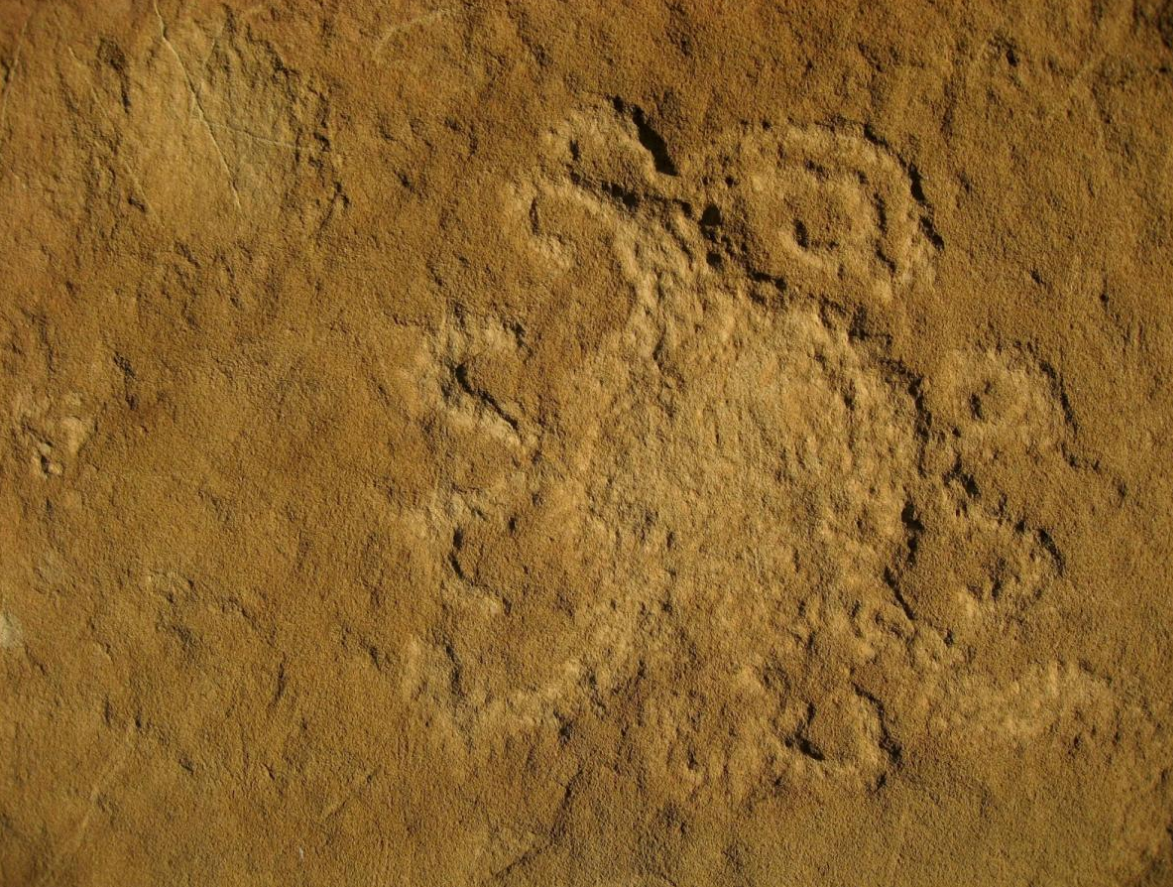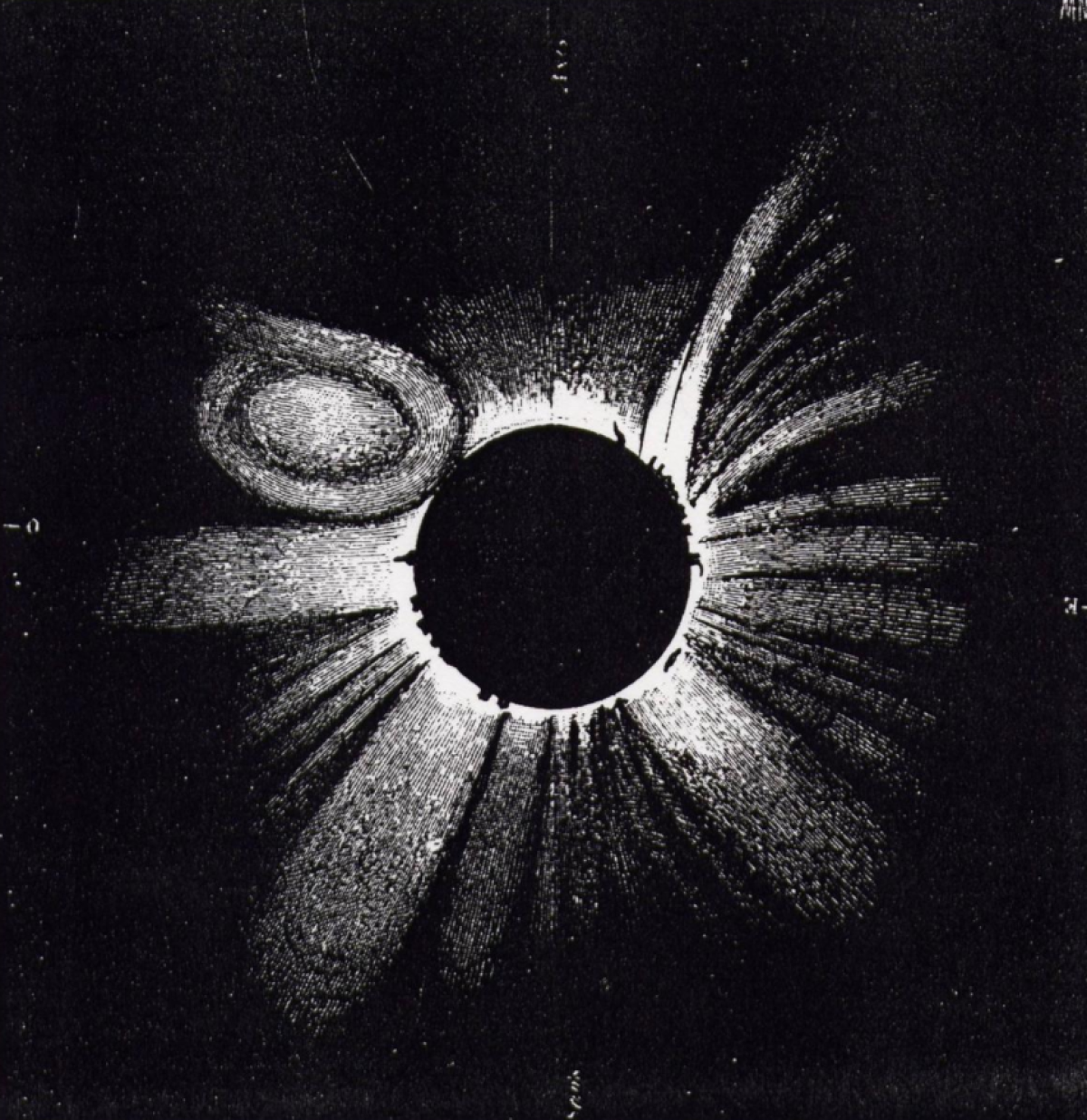
It turns out that nearly 1,000 years ago our ancestors were just as keen to share news about a solar eclipse, but in the absence of smartphones or computers they used more primitive means to depict the stunning solar event: rock art.
Researchers believe they have discovered a rock carving in New Mexico's Chaco Canyon that represents a total eclipse that occurred more than 900 years ago. The engraving, known as a petroglyph, shows a circle with curved, intricate swirling emissions issuing from it. Around the circle, believed to depict the sun, human figures can be seen in different positions and engaged in different activities.
Read more: Ancient Egypt: Secret room discovered in Great Pyramid by archaeologists armed with lasers
University of Colorado Boulder Professor J. McKim Malville has said the circle shown in the rock art represents the sun's outer atmosphere, known as its corona, with the tangled, looped protrusions on its edges dating it to a total eclipse that occurred in the region on July 11, 1097.
Malville made the observation Wednesday to mark the upcoming total solar eclipse on August 21 that will be visible across a large swathe of the U.S.
"To me it looks like a circular feature with curved tangles and structures," Malville said. "If one looks at a drawing by a German astronomer of the 1860 total solar eclipse during high solar activity, rays and loops similar to those depicted in the Chaco petroglyph are visible."
Malville, who is attached to Boulder's astrophysical and planetary sciences department, and José Vaquero of the University of Extremadura in Cáceres, Spain were able to date the carving on the basis of the loops that they believed to be a coronal mass ejections (CME). These CMEs are eruptions that can blow billions of tons of plasma from the sun at several million miles per hour during active solar periods.
"It turns out the sun was in a period of very high solar activity at that time, consistent with an active corona and CMEs," the pair said in their 2014 paper on the rock art in the Journal of Mediterranean Archaeology and Archaeometry.

The two used several sources to assess the activity of the sun around the time of the 1097 eclipse. The data they gathered included information ancient tree rings from which they could detect the activity of cosmic rays. They also used records of naked-eye observations of sunspots, which go back several thousand years in China. A third method involved looking at historical data compiled by northern Europeans on the annual number of so-called "auroral nights," when the northern lights were visible, an indication of intense solar activity.
The free-standing rock hosting the possible eclipse petroglyph, known as Piedra del Sol, also has a large spiral petroglyph on its east side that marks sunrise 15 to 17 days before the June solstice. A triangular shadow cast by a large rock on the horizon crosses the center of the spiral at that time. It may have been used to start a countdown to the summer solstice and related festivities.

The rock carving was first discovered in 1992 by Malville and then-Fort Lewis Professor James Judge and was carved by early Pueblo people. Chaco Canyon, a centre of Pueblo culture in the Southwest a thousand years ago, is believed by archeologists to have been populated by several thousand people and held political sway over an area twice the size of Ohio.
Uncommon Knowledge
Newsweek is committed to challenging conventional wisdom and finding connections in the search for common ground.
Newsweek is committed to challenging conventional wisdom and finding connections in the search for common ground.
About the writer
Callum Paton is a staff writer at Newsweek specializing in North Africa and the Middle East. He has worked freelance ... Read more
To read how Newsweek uses AI as a newsroom tool, Click here.








